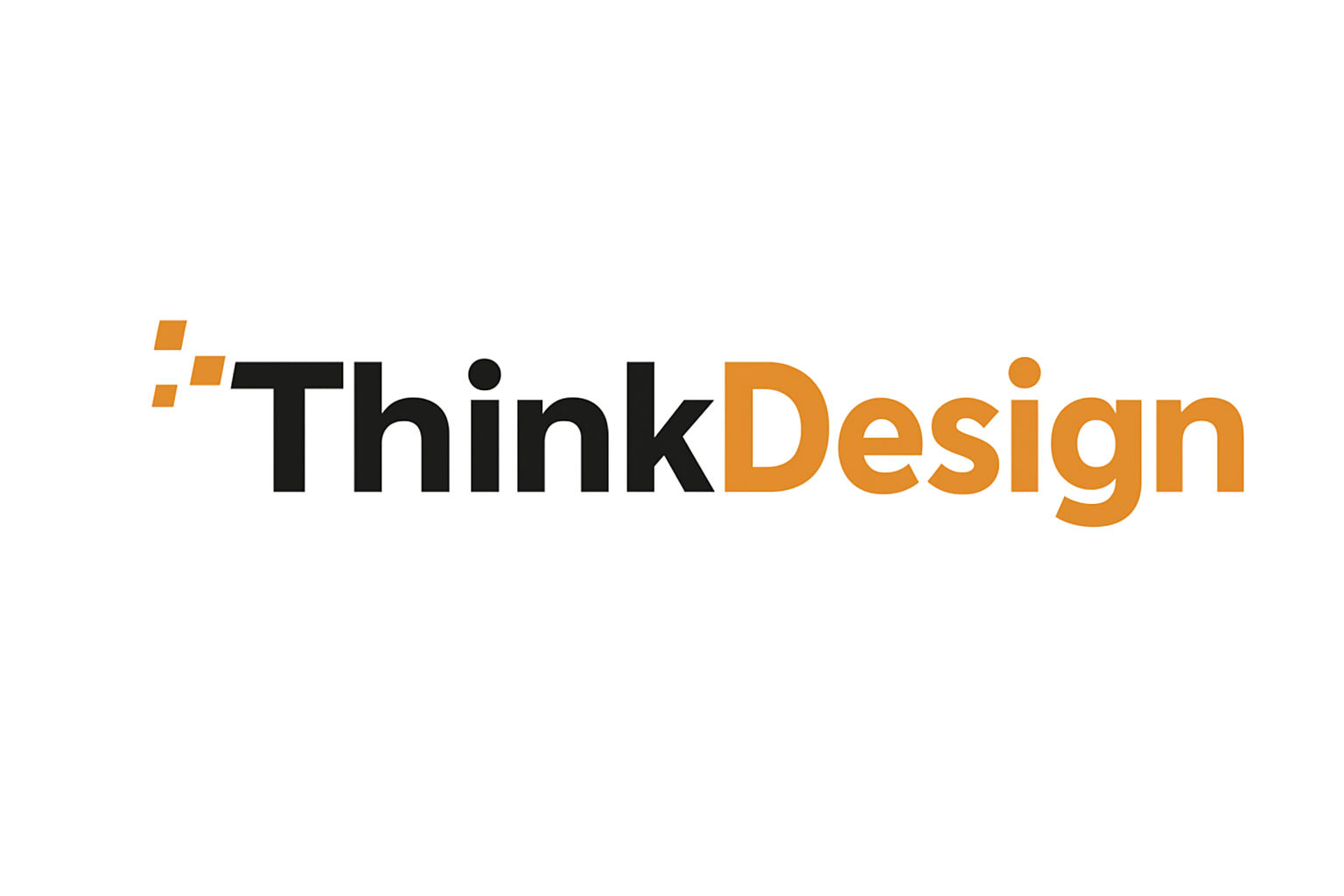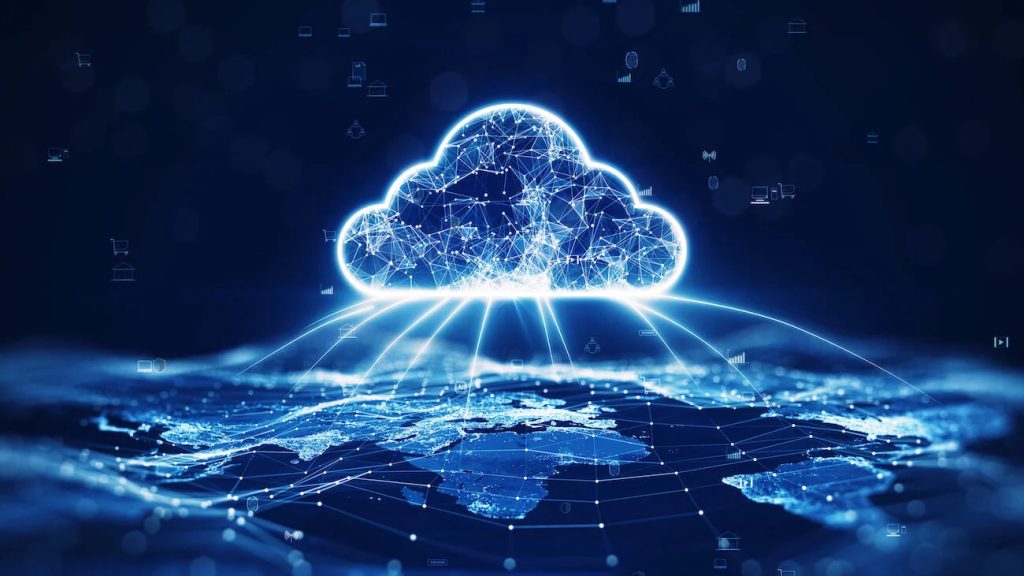What Is Cloud Computing?
At its core, cloud computing means using the internet to access computing resources—like storage, servers, databases, software, or networks—without having to own or maintain them yourself. Instead of running everything on your personal computer or company’s data center, you “rent” what you need from a cloud provider such as Amazon Web Services (AWS), Microsoft Azure, or Google Cloud.
In short: The cloud is like renting a fully equipped office. You don’t have to buy the building, desks, and electricity—you just pay for the space and tools you use.
Why Does Cloud Computing Matter?
- Cost savings: No need to buy expensive hardware upfront.
- Scalability: Quickly scale up (or down) depending on demand.
- Accessibility: Access files and apps from anywhere with internet.
- Reliability: Cloud providers usually offer backups and redundancy.
- Innovation: Faster adoption of new tech like AI, big data, or IoT.
Types of Cloud Computing
Cloud services are usually divided into three main categories:
- Infrastructure as a Service (IaaS): Rent servers, storage, and networking. Example: AWS EC2.
- Platform as a Service (PaaS): Tools to build and deploy apps without managing hardware. Example: Google App Engine.
- Software as a Service (SaaS): Ready-to-use applications over the internet. Example: Dropbox, Slack, or Gmail.
Deployment Models
- Public Cloud: Shared resources managed by third-party providers (e.g., AWS, Azure).
- Private Cloud: Exclusive use by one business, often for extra control or security.
- Hybrid Cloud: A mix of public and private—flexible and common in enterprises.
Examples You Already Use
You may not realize how often you interact with cloud computing in daily life:
- Streaming: Netflix, Spotify, and YouTube run on cloud infrastructure.
- Storage: Google Drive, iCloud, Dropbox store files securely in the cloud.
- Collaboration: Google Docs and Microsoft 365 allow multiple users to work on the same file in real time.
- Business Tools: Slack, Zoom, and Trello all run in the cloud.
Benefits vs. Challenges
| Benefits | Challenges |
|---|---|
| Lower upfront costs | Ongoing subscription fees |
| Easy scalability | Possible vendor lock-in |
| Remote accessibility | Dependent on internet connection |
| High reliability | Security & compliance concerns |
| Fast adoption of new tech | Requires careful cost monitoring |
Who Uses Cloud Computing?
Pretty much everyone—from solo freelancers to giant enterprises.
- Individuals: For storing photos, streaming media, and using apps.
- Startups: To launch products quickly without buying servers.
- Enterprises: To run large-scale data, AI, and customer-facing apps.
- Governments: For secure citizen services and records.
The Future of Cloud Computing
Cloud computing is expanding into new frontiers:
- Edge computing: Bringing the cloud closer to users for faster response times.
- AI + Cloud: Running large models, analytics, and machine learning at scale.
- Green cloud: Providers moving toward renewable-powered data centers.
- Multi-cloud: Companies using more than one provider to avoid lock-in.
Final Thoughts
Cloud computing isn’t just a tech buzzword—it’s the backbone of how modern apps, businesses, and even personal tools work today. If you’re a beginner, think of the cloud as “on-demand computing power and storage, delivered over the internet.” From there, dive deeper into IaaS, PaaS, and SaaS, and you’ll quickly see how it shapes nearly everything in tech.
Whether you’re a student, a freelancer, or a business owner, understanding the basics of cloud computing gives you a huge advantage in today’s digital world.


